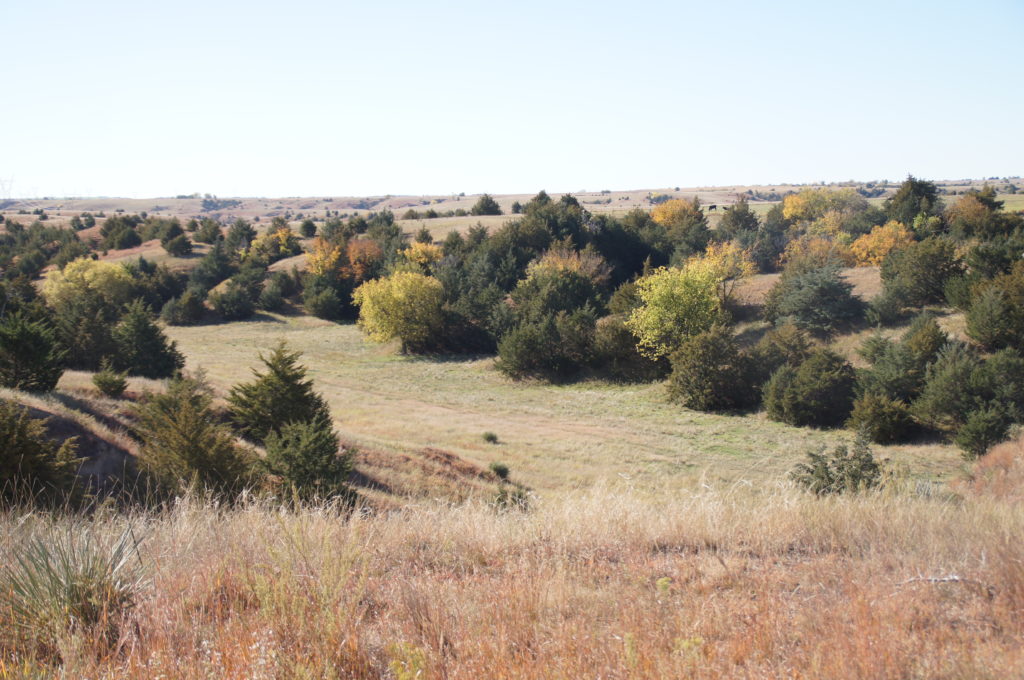Converting Nebraska Cropland to Pasture? Things to Consider.

As we learned after the latest USDA land market conditions update in August, land values and cash rental rates have nearly all decreased since 2015, mostly as the result of lower grain commodity prices. These market conditions have triggered interest among some landowners to consider converting Nebraska cropland back into pastures.
In addition, while average rental rates for pasture land also saw declines in 2016 nationally, Nebraska pastureland increased $40 per acre from 2015, at $910 per acre. These factors all combine to making such a switch appealing to farmers and landowners in the Cornhusker state.
So, what things should one consider before, during, and after such a switch? How can a UFARM land manager help in the process?
First, all the technicalities involved in the actual conversion must be considered. Among these, it’s necessary to choose the right seed, prepare the seedbed adequately, plant the seeds at the optimum depth, and focus on early weed control.
For most cool-season grasses, fall planting is recommended, keeping in mind that a spring planting between March 1-April 30th may be successful if summer weeds are controlled. For warm-season grasses, the optimal planting time is anywhere between April 1-May 15th.
After planting and getting the grass established, there is the possibility of having ground that may be grazed as soon as 12 months after a spring seeding, given careful attention to the appropriate planting guidelines.
Once the land has been converted successfully, another factor to navigate is the pasture leasing agreement. This is also an important area where taking advantage of a professional land manager’s expertise can benefit all involved parties.
According to Pat Reece, professor emeritus and now a consultant and owner of Prairie and Montane Enterprises, a lease agreement should always benefit the rangeland resources. “It is in the best interest of the land and livestock owner to improve and maintain range condition,” he urges. Without healthy range conditions, all other points are moot.
On the landowner’s part, having a good understanding of the health and potential production of their rangeland is important as well when negotiating a pasture lease. Professional land managers are able to help landowners gauge the health of their rangeland in order to arrive at the best overall arrangement. They are also able to help landowners determine the best stocking rate for their particular piece of rangeland, determine a good grazing schedule based on the characteristics of the land, take into account Animal Units base on the amount of grass available to graze for flexibility purposes, and help adjust stocking rates based on moisture amounts for a given time period.
In addition, relying on an experienced land manager to help arrange a leasing agreement is a good way to ensure that the lease is favorable for all parties, and that it is written down in clear, exact terms to avoid potential confusion down the line.
Are you considering making a switch to pasture land? Feel free to contact a knowledgeable UFARM land manager for help with the process—we are glad to offer our help in order to make the switch a smooth and profitable maneuver.
UFARM offers a full range of Nebraska land management services, including real estate sales, rural property appraisals, consultations and crop insurance. UFARM has operated in Nebraska since the early 1930’s. If you have questions about yields and productivity on your rented farmland, give the UFARM managers contact us today!

